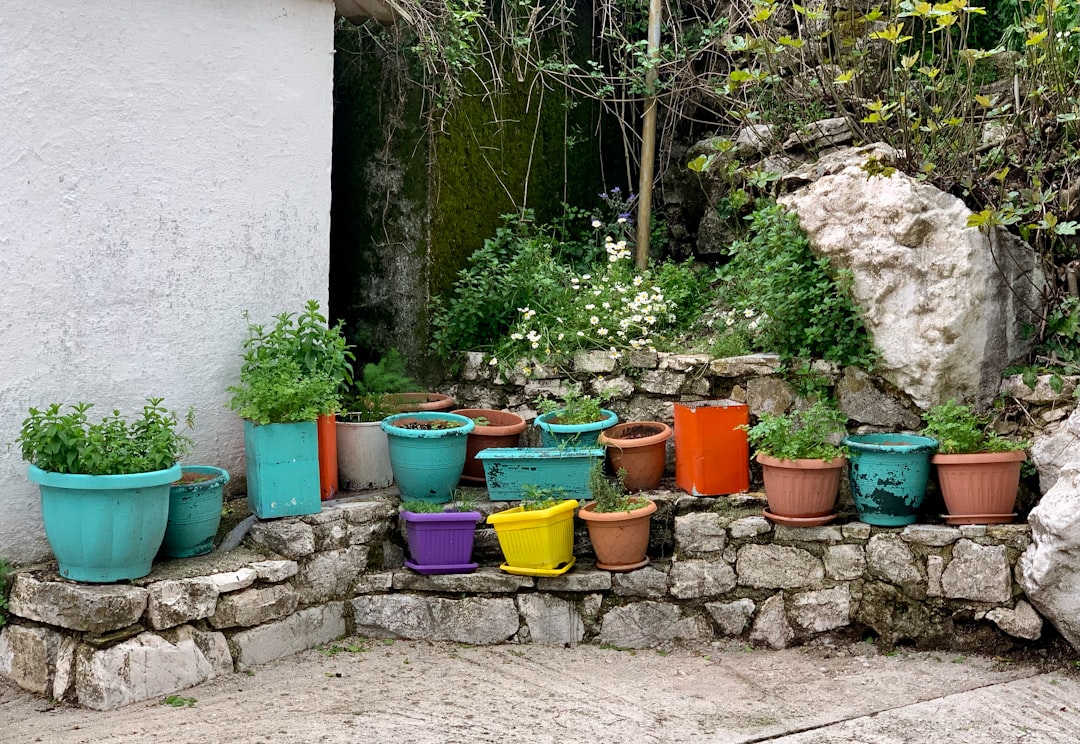Unveiling the Wonders of Water Lilies in Your Landscape

When it comes to landscaping, water gardens have always held a special allure. And at the heart of many stunning water gardens lies the enchanting water lily. These aquatic plants are not only known for their beauty but also for a plethora of fascinating facts that can add an extra layer of interest to your landscape design.
Water lilies belong to the family Nymphaeaceae, which includes about 70 different species. They are native to various parts of the world, from the temperate regions to the tropics. This wide range of native habitats means that there is a water lily species suitable for almost any climate, making them a versatile choice for water gardens.
One of the most remarkable features of water lilies is their unique adaptation to an aquatic environment. Their leaves, known as lily pads, are specially designed to float on the water's surface. These pads have a waxy coating that repels water, preventing them from becoming waterlogged and sinking. The underside of the lily pads is often covered in tiny air pockets, which provide additional buoyancy. This allows the water lily to stay afloat and maximize its exposure to sunlight for photosynthesis.
The flowers of water lilies are equally captivating. They come in a wide variety of colors, including white, pink, yellow, and purple. Some species even have bi - colored or multi - colored flowers. Water lily flowers typically open during the day and close at night, a behavior known as nyctinasty. This not only adds a dynamic element to your water garden but also serves a practical purpose. By closing at night, the flowers protect their reproductive organs from nocturnal predators and the cooler night temperatures.
In addition to their aesthetic appeal, water lilies also play an important ecological role in water gardens. They provide shade and shelter for fish and other aquatic creatures. The dense foliage of the lily pads helps to reduce the growth of algae by blocking sunlight from reaching the water. This not only keeps the water clear and clean but also creates a more balanced ecosystem in your water garden.
When it comes to planting water lilies in your landscape, there are a few key considerations. First, you need to choose the right location. Water lilies require at least six hours of direct sunlight per day to thrive. They also prefer calm, still water, so avoid areas with strong currents or waves. Second, you need to select the appropriate container or planting area. Water lilies can be planted in pots or directly in the pond bottom. If using pots, make sure they are large enough to accommodate the plant's roots and have drainage holes to prevent waterlogging.
Another interesting fact about water lilies is their cultural significance. Throughout history, water lilies have been symbols of purity, enlightenment, and rebirth in many cultures. In ancient Egyptian art, water lilies were often depicted in religious and funerary scenes, representing the cycle of life and death. In Hinduism, the water lily is associated with the goddess Lakshmi, who symbolizes wealth, prosperity, and beauty.
Maintaining a water lily in your water garden is relatively easy. Regularly remove any dead or decaying leaves and flowers to keep the plant healthy and looking its best. You may also need to fertilize the water lily occasionally, especially if it is growing in a container. Use a slow - release fertilizer specifically formulated for aquatic plants.
As you can see, water lilies are much more than just beautiful plants. They are a fascinating addition to any landscape, offering both aesthetic and ecological benefits. Whether you are a seasoned landscaper or a beginner, incorporating water lilies into your water garden can transform it into a magical and enchanting oasis.
So, the next time you are planning a landscaping project, consider adding a water lily to your water garden. You'll be rewarded with a stunning display of color and beauty, as well as a deeper appreciation for the wonders of nature.